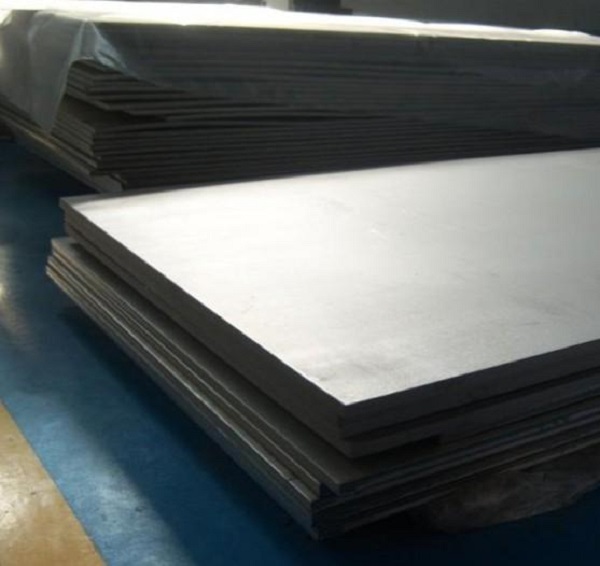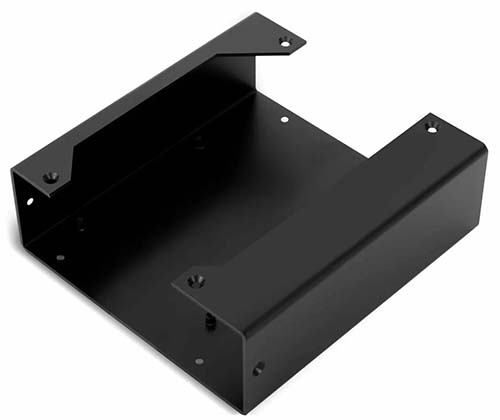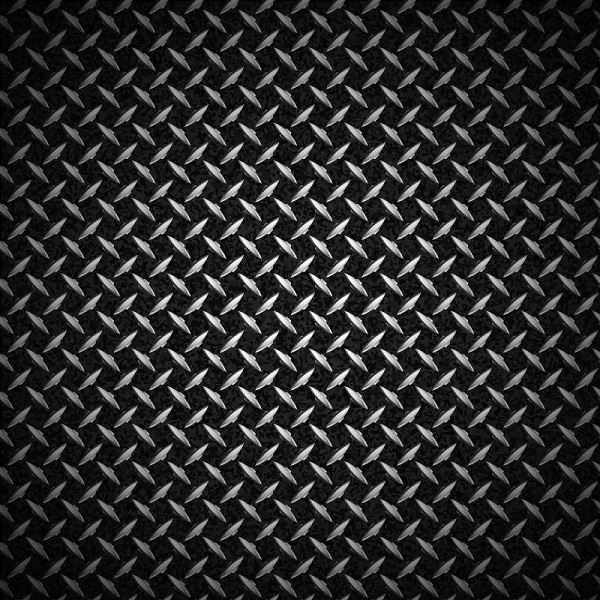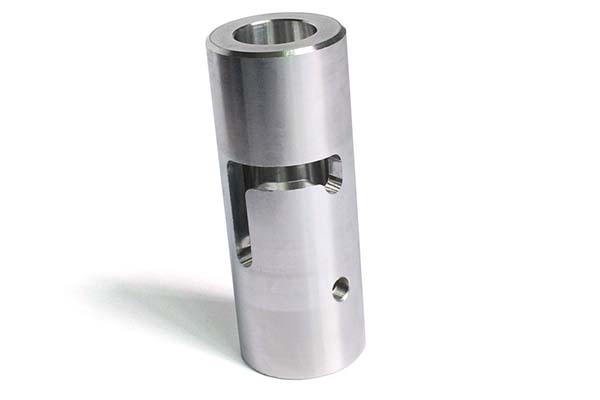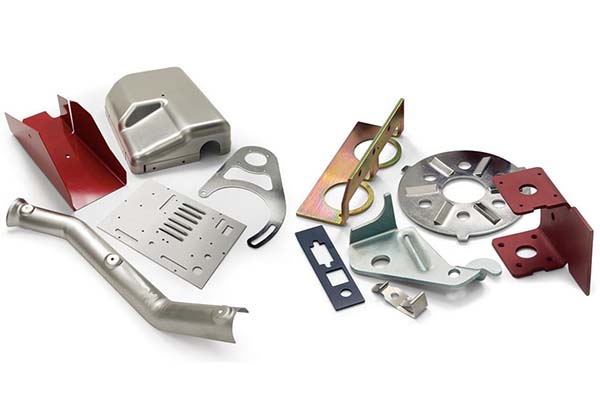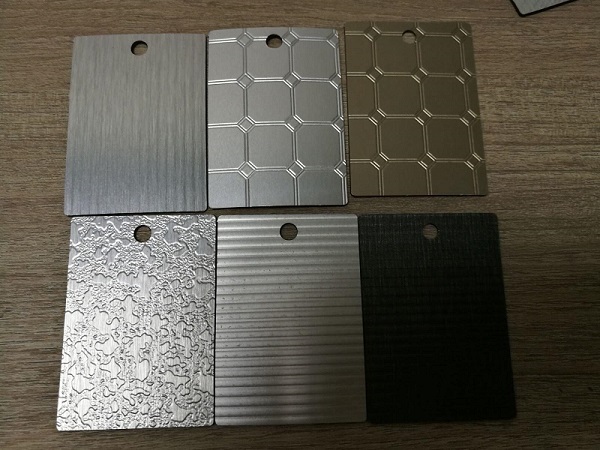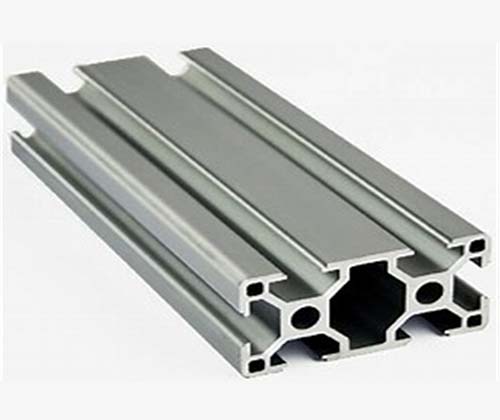Introduction
Thin sheet metal is a fundamental material widely used in various industrial sectors. From the automotive industry, where it forms the body panels of cars, trucks, and buses, providing both structural integrity and a sleek exterior, to the aerospace industry, where its high strength - to - weight ratio makes it ideal for aircraft components like wings and fuselages, ensuring fuel efficiency and flight performance. In the electronics industry, thin sheet metal is used in the enclosures of devices such as smartphones, laptops, and tablets, protecting the internal components while also contributing to the device's overall aesthetics and heat dissipation.
Given its wide - ranging applications, understanding thin sheet metal is crucial. In this article, we will explore various aspects of thin sheet metal, including its properties, manufacturing processes, applications in different industries, and how to select the right type for specific needs. Whether you are an engineer, a manufacturer, or simply someone interested in materials science, this guide will provide valuable insights into the world of thin sheet metal.
What is Thin Sheet Metal?
Definition
Thin sheet metal is a type of metal material with a relatively small thickness. Generally, it refers to metal sheets with a thickness ranging from 0.15mm to 6mm. In contrast, thick plates usually have a thickness greater than 6mm. This distinct thickness range endows thin sheet metal with unique physical and mechanical properties, setting it apart from other metal forms. For example, its high surface - area - to - volume ratio makes it highly suitable for applications that require heat transfer efficiency, such as heat exchangers in refrigeration systems.
Material Types
- Stainless Steel: Stainless steel thin sheets are renowned for their excellent corrosion resistance. This is due to the presence of chromium in the alloy, which forms a passive oxide layer on the surface, protecting the metal from oxidation and chemical attacks. For instance, in food processing equipment, where the material is constantly exposed to moisture and various chemicals, stainless steel thin sheets ensure long - term durability and hygiene. There are different grades of stainless steel, like 304 and 316. Grade 304, containing 18% chromium and 8% nickel, offers good general corrosion resistance and is widely used in kitchen appliances and architectural applications. Grade 316, with the addition of molybdenum, provides enhanced resistance to pitting and crevice corrosion, making it ideal for marine and chemical processing environments.
- Aluminum: Aluminum thin sheet metal is lightweight, with a density about one - third that of steel. This property makes it a top choice in the aerospace industry, where reducing weight is crucial for fuel efficiency and performance improvement. Aluminum also has good thermal conductivity, which is beneficial in heat sinks for electronic devices. It can quickly dissipate heat, ensuring the stable operation of components such as CPUs and GPUs. Additionally, aluminum is relatively easy to machine and can be formed into various complex shapes through processes like stamping and bending.
- Copper: Copper thin sheets are highly conductive, both electrically and thermally. In the electrical industry, they are extensively used in wiring and circuit boards. Their high electrical conductivity allows for efficient transmission of electrical current, reducing power losses. Copper also has antibacterial properties, making it suitable for applications in the medical and food service industries, such as in the lining of food storage containers or medical equipment surfaces.
Properties of Thin Sheet Metal
Mechanical Properties
- Strength: Strength in thin sheet metal is a crucial property. Tensile strength, for example, determines the maximum amount of tensile stress the metal can withstand before breaking. Mild steel thin sheets typically have a tensile strength in the range of 250 - 550 MPa. High - strength steel sheets, on the other hand, can have tensile strengths exceeding 1000 MPa. This high strength makes them suitable for applications where structural integrity under stress is essential, such as in the frames of vehicles. Yield strength is another important aspect. It is the stress at which the metal begins to deform plastically. For aluminum thin sheets, the yield strength can vary from around 50 MPa for some pure aluminum grades to over 400 MPa for certain high - strength aluminum alloys. Understanding these strength values helps engineers design structures that can handle the expected loads without failure.
- Hardness: Hardness refers to the metal's resistance to indentation or scratching. Harder thin sheet metals, like some stainless - steel grades, are less likely to be damaged during handling or in service. The Rockwell hardness scale is often used to measure the hardness of metals. Stainless steel 304, for instance, has a Rockwell hardness of around HRB 88. Hardness is important in applications where the surface of the thin sheet metal needs to maintain its integrity, such as in kitchen appliances where it may be exposed to abrasion from utensils.
- Ductility: Ductility is the ability of the metal to be stretched or deformed without breaking. Copper thin sheets are highly ductile. They can be drawn into thin wires or formed into complex shapes through processes like deep drawing. This property is vital in the manufacturing of electrical components, where copper wires need to be drawn to specific diameters for efficient electrical transmission. A high - ductility metal can undergo significant plastic deformation before failure, which is beneficial in many manufacturing processes that involve shaping the thin sheet metal.
Physical Properties
- Conductivity:
- Electrical Conductivity: Metals are generally good conductors of electricity, and thin sheet metals are no exception. Copper has an extremely high electrical conductivity, with a resistivity of about 1.68×10⁻⁸ Ω·m at 20°C. This makes copper thin sheets ideal for use in electrical wiring, printed circuit boards, and electromagnetic shielding applications. In electronic devices, the efficient transmission of electrical signals is crucial, and the high electrical conductivity of copper ensures minimal power loss during signal transmission.
- Thermal Conductivity: Thermal conductivity is also an important physical property. Aluminum, for example, has a relatively high thermal conductivity of about 237 W/(m·K). This property makes aluminum thin sheets useful in heat sinks for electronic components. In a computer's CPU, heat generated during operation needs to be dissipated quickly to prevent overheating. The high - thermal - conductivity aluminum heat sink can effectively transfer the heat away from the CPU, maintaining its optimal operating temperature.
- Density: The density of thin sheet metal affects its weight - to - volume ratio. Aluminum, as mentioned earlier, has a density of about 2.7 g/cm³, which is much lower than that of steel (around 7.85 g/cm³). This low density makes aluminum an attractive choice in applications where weight reduction is a priority, such as in the aerospace industry. Lighter components made from aluminum thin sheets can improve the fuel efficiency of aircraft, reducing operating costs and environmental impact.
Manufacturing Processes
Stamping
Stamping is a widely - used manufacturing process for thin sheet metal. In this process, a punch and a die are used. The punch forces the thin sheet metal into the die cavity, causing the metal to take on the shape of the die. For example, in the automotive industry, large - scale stamping machines are used to create body panels. The advantages of stamping include high - production efficiency. A single stamping operation can produce a large number of parts in a short time. It also allows for high - precision manufacturing, with dimensional tolerances that can be controlled within a very small range, usually ±0.1mm - ±0.5mm depending on the complexity of the part. Stamping is suitable for mass - production, making it cost - effective for large - scale manufacturing. It is applied in various industries such as automotive manufacturing, where car doors, hoods, and fenders are stamped; in the production of household appliances like refrigerator doors and washing machine bodies; and in the electronics industry for manufacturing metal enclosures for devices.
Bending
Bending is a process that changes the shape of thin sheet metal by applying force to make it curve or form an angle. There are different methods of bending, such as using a bending machine. In a typical bending operation, the thin sheet metal is clamped in a fixture, and a bending tool applies pressure at a specific point to create the desired bend. The angle of the bend can be precisely controlled, usually with an accuracy of ±1° - ±3°. This process is crucial in the construction of metal furniture, where components like table legs and chair frames often require bending to achieve the desired shape. In the aerospace industry, bent thin sheet metal parts are used in aircraft structures, such as the curved sections of the fuselage or wing components. Bending also finds applications in the manufacturing of ducts and pipes in the HVAC (Heating, Ventilation, and Air - Conditioning) industry, where thin sheet metal is bent to form the appropriate shapes for air distribution.
Laser Cutting
Laser cutting is a highly precise method for cutting thin sheet metal. A high - energy laser beam is focused onto the surface of the thin sheet metal. The heat from the laser beam melts or vaporizes the metal, allowing for a clean and accurate cut. Laser cutting can achieve extremely high precision, with a cutting tolerance as low as ±0.05mm - ±0.1mm. This makes it ideal for creating complex shapes that would be difficult to achieve with other cutting methods. For instance, in the electronics industry, laser cutting is used to create intricate patterns on printed circuit boards made of thin copper - clad sheets. In the jewelry industry, laser - cut thin sheet metal is used to create detailed and delicate designs for pendants, bracelets, and rings. The ability to cut complex shapes without the need for complex tooling and with minimal material waste makes laser cutting a popular choice for many applications that require high - precision and intricate cuts on thin sheet metal.
Yigu Technology's View
As a non - standard plastic and metal products custom supplier, Yigu Technology deeply understands the significance of thin sheet metal in various industries. With years of experience in custom - manufacturing, we have successfully applied different types of thin sheet metal in numerous projects.
We are proficient in multiple manufacturing processes for thin sheet metal, such as stamping, bending, and laser cutting. Our team of experts can precisely control the processing parameters to ensure high - quality results. For example, in stamping, we use advanced molds to achieve high - precision shaping, meeting the strictest dimensional requirements of our clients.
Moreover, we focus on material selection. Based on the specific needs of each project, we can recommend the most suitable type of thin sheet metal, whether it's stainless steel for corrosion - resistance, aluminum for lightweight applications, or copper for its conductivity. This ensures that the final products not only meet the functional requirements but also have a long service life. In short, Yigu Technology is committed to providing top - notch custom - manufacturing services for thin sheet metal products, helping our clients bring their ideas to life.
FAQ
What are the common materials for thin sheet metal?
Common materials for thin sheet metal include stainless steel, aluminum, and copper. Stainless steel offers excellent corrosion resistance. For example, grade 304, with 18% chromium and 8% nickel, is great for kitchen appliances. Aluminum is lightweight, with a density about one - third that of steel, making it ideal for aerospace applications. It also has good thermal conductivity, useful in heat sinks. Copper is highly conductive both electrically and thermally, and is used in electrical wiring and has antibacterial properties for medical and food - service uses.
What are the advantages of laser cutting for thin sheet metal?
Laser cutting of thin sheet metal has several advantages. It offers high precision, with a cutting tolerance as low as ±0.05mm - ±0.1mm. The cut has a narrow width, usually around 0.1mm, resulting in a clean and accurate cut. The heat - affected zone is small, minimizing any negative impact on the material's properties. It can create complex shapes without the need for complex tooling. Also, there is minimal material waste, making it cost - effective in terms of material usage. And since the beam has no inertia, it can achieve high - speed cutting and is easy to integrate into automated production lines.
How to choose the right thin sheet metal for a specific application?
When choosing the right thin sheet metal for a specific application, first consider the application requirements. If it's for an aerospace component, lightweight materials like aluminum are preferred for fuel efficiency. Then, look at the material properties. For a component in a corrosive environment, stainless steel's corrosion - resistance is crucial. Cost is another factor. Copper is more expensive than aluminum or some steels, so if cost is a major constraint, a more affordable alternative might be chosen. Also, consider the manufacturing processes involved. Some materials are more suitable for stamping, while others are better for laser cutting or bending.
